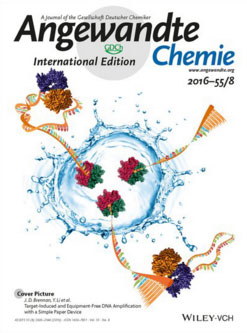Member Insight with Ryan Wylie
Can you summarize your research in one sentence?
We use biophysical interactions and photochemistry to design hydrogels for retinal drug delivery and controlling cell-matrix interactions for cell transplantation therapies.
How would you summarize your research to someone visiting the BI?
Our research can be divided into two primary goals: 1) improve treatments for patients with retinal degenerative disease by dramatically increasing the length of drug delivery to the retina, and 2) use hydrogels to study cell-matrix interactions to build better biomaterials for therapies involving cell transplantation or regeneration.
What do you love about working here at McMaster?
Having the freedom to research new ideas. For instance, lately I have been reading the cancer metastasis literature and thinking about ways we can contribute to the field.
Why should the average person at home be interested in the research you do here?
Why should the average person at home be interested in the research you do here?
Where do you see yourself in 10 years?
Ideally, with a well-established research group producing clinically relevant materials or therapeutics.
What is your favourite instrument here at the BI?
I have always been interested in biological interactions, and partial to surface plasmon resonance systems to elucidate their binding kinetics.
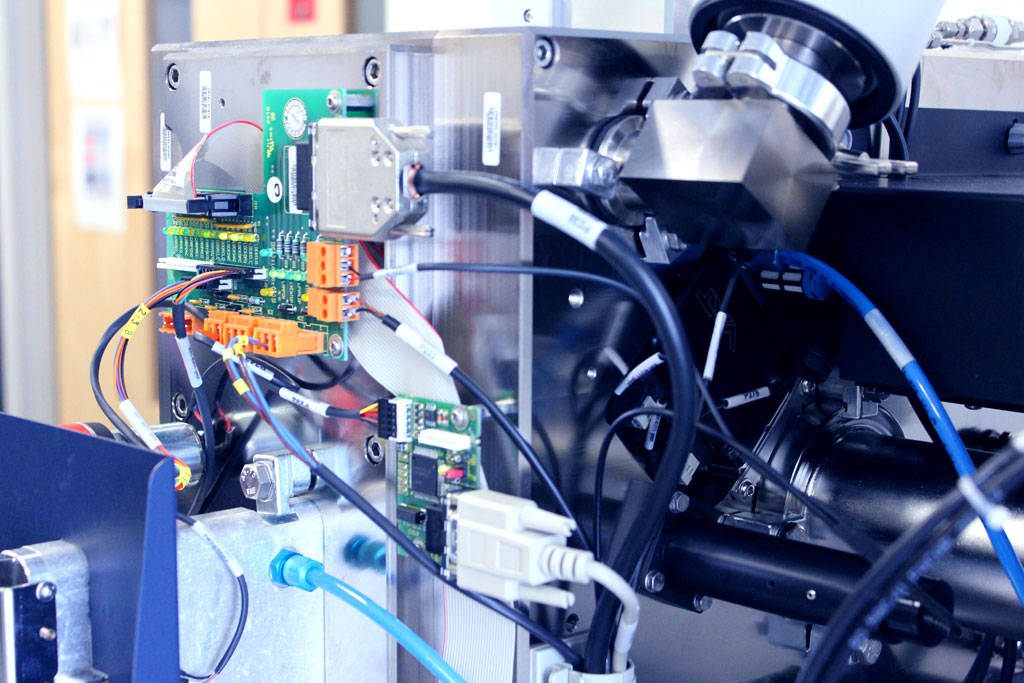
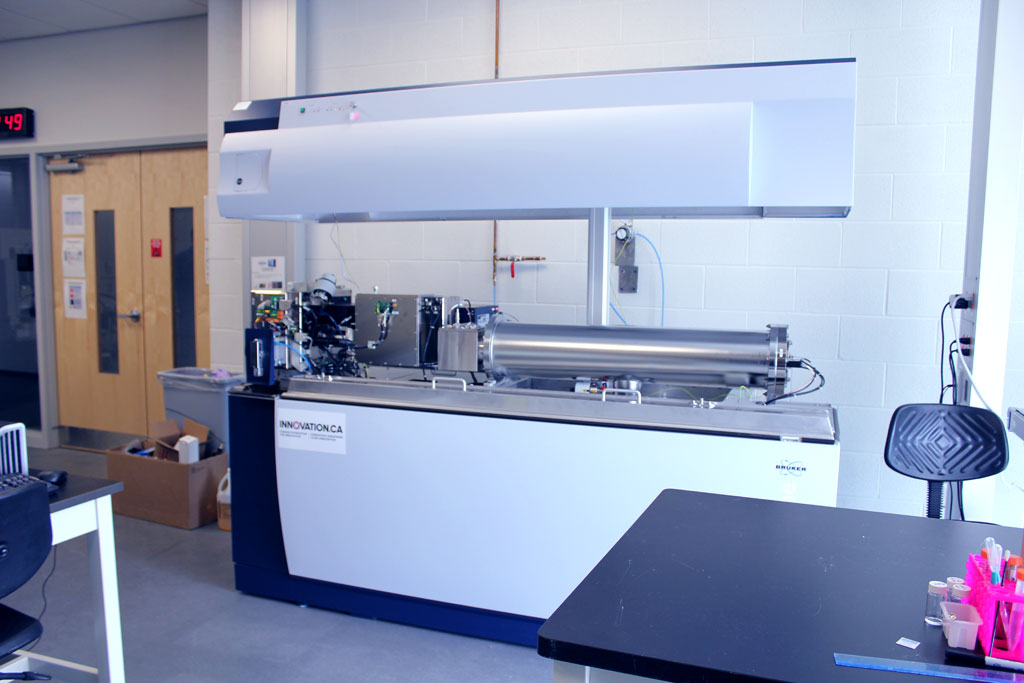
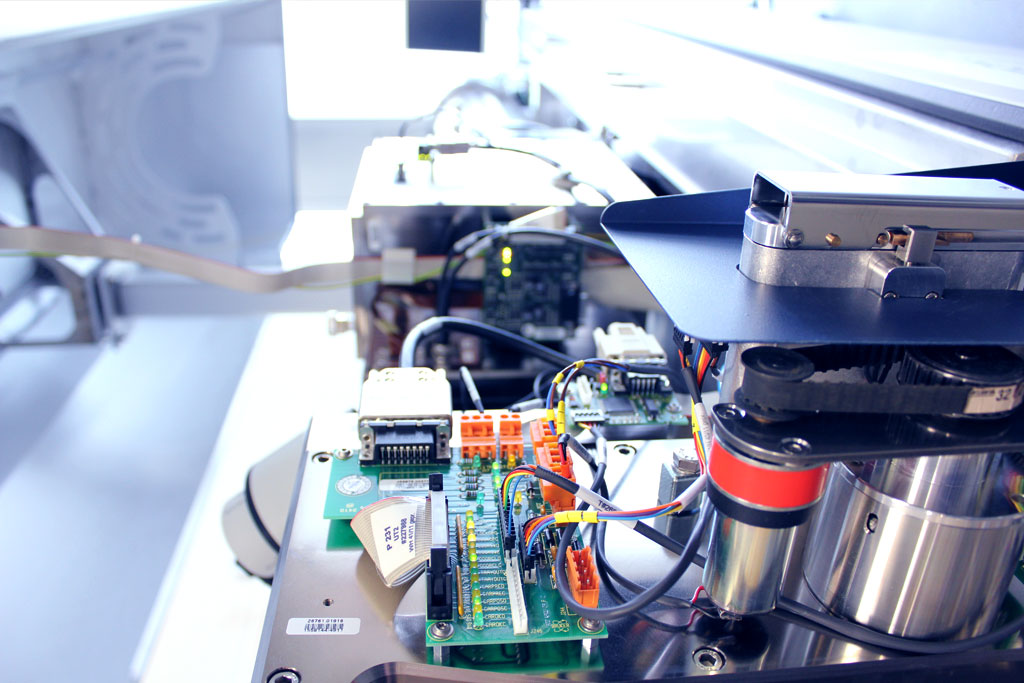
Instrument Spotlight
Ultraflextreme MALDI TOF-TOF Mass Spectrometer
The Biointerfaces Institute has several mass spectrometers available for use. In this issue, we will focus on the Ultraflextreme imaging MALDI TOF-TOF Mass Spectrometer.
MALDI (Matrix-Assisted Laser Desorption Ionization) imaging is a mass spectrometric imaging technique that allows for the untargeted measurement of proteins, peptides, lipids, drugs and metabolites directly from tissue. MALDI imaging has also been successfully applied in imaging of materials microarrays.
Why use our Ultraflextreme imaging MALDI TOF-TOF?
Low ppm mass accuracy with 30000 mass resolution Capable of top-down protein sequencing.
Can measure intact protein mass Capable of directly imaging of peptides, proteins, lipids, metabolites and drugs
No antibodies, probes, fluorescent dyes or radiolabels needed Allows true untargeted discovery
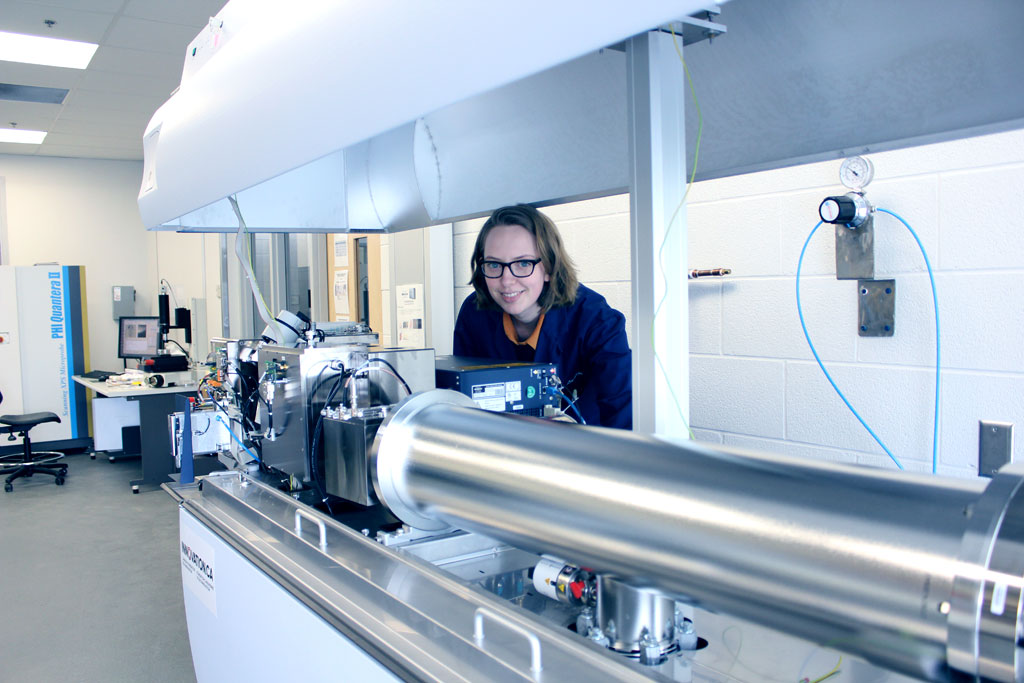
Checkout Our Latest Publication!
Target-Induced and Equipment-Free DNA Amplification with a Simple Paper Device
Researchers at the Biointerfaces Institute have designed a new way to identify cancer cells and other dangerous pathogens which is much more sensitive than current detection systems. The method allows for detection of the smallest traces of fragments of DNA and does not require complicated equipment, meaning the tests can be run at room temperature under ordinary conditions.
Read the full paper